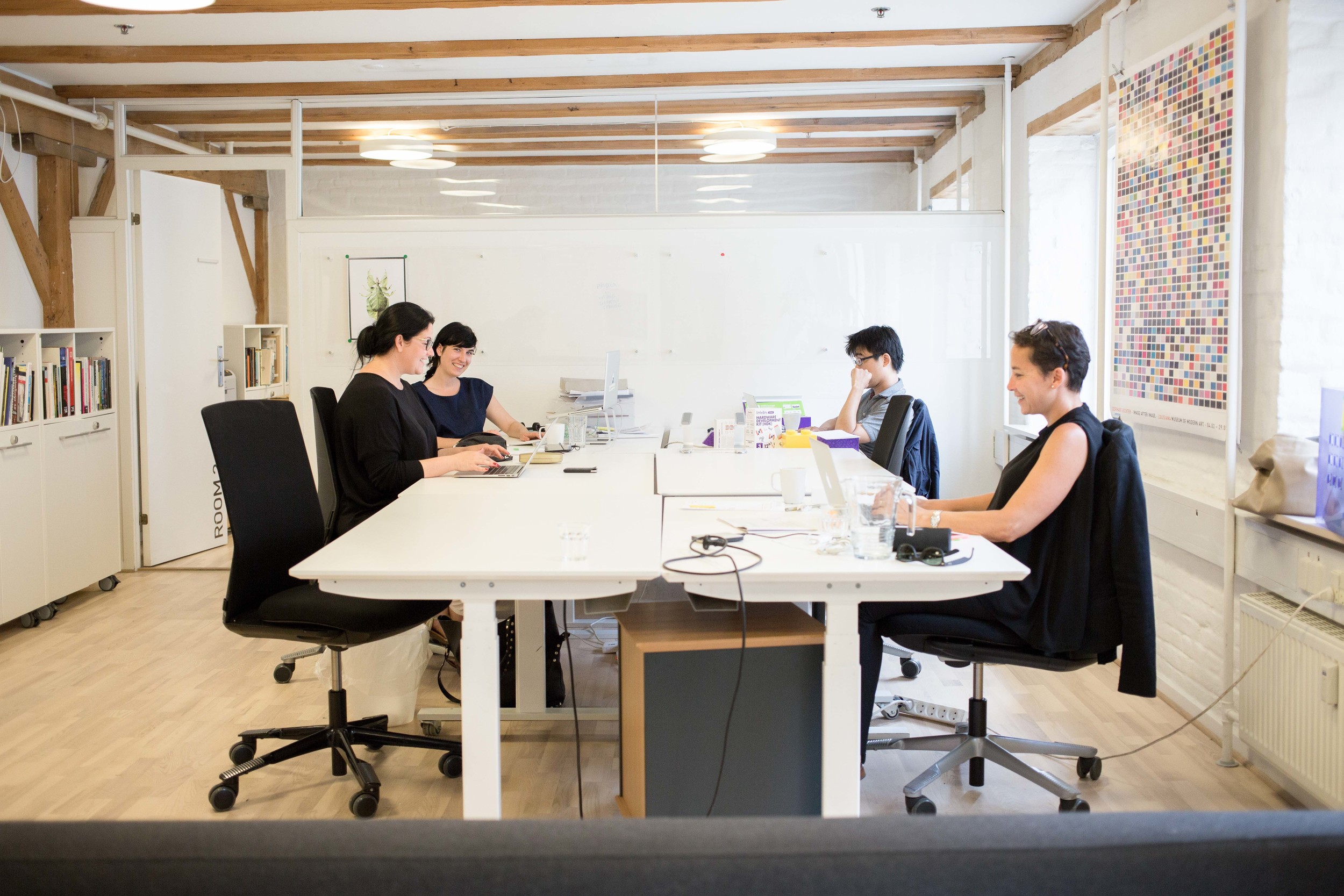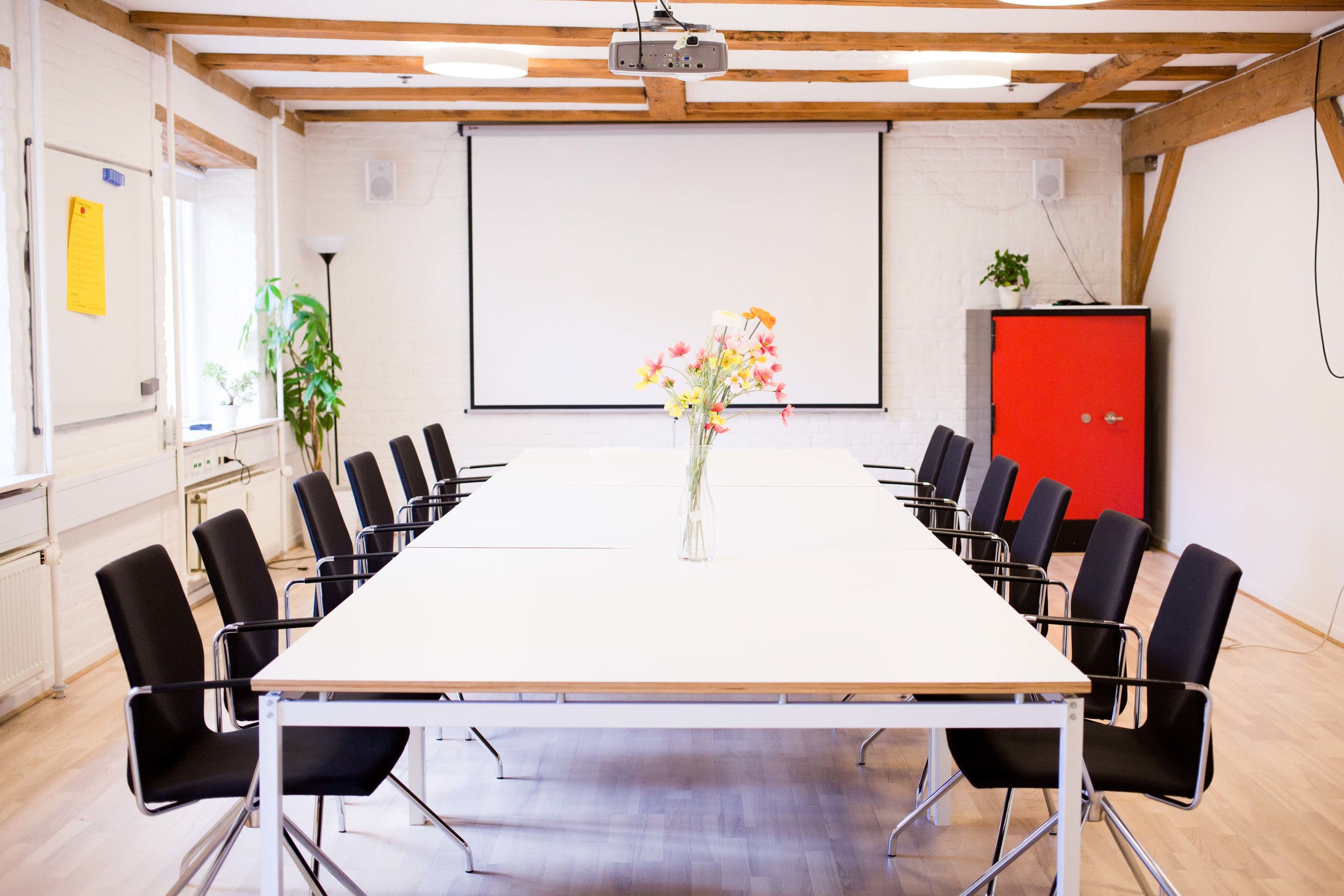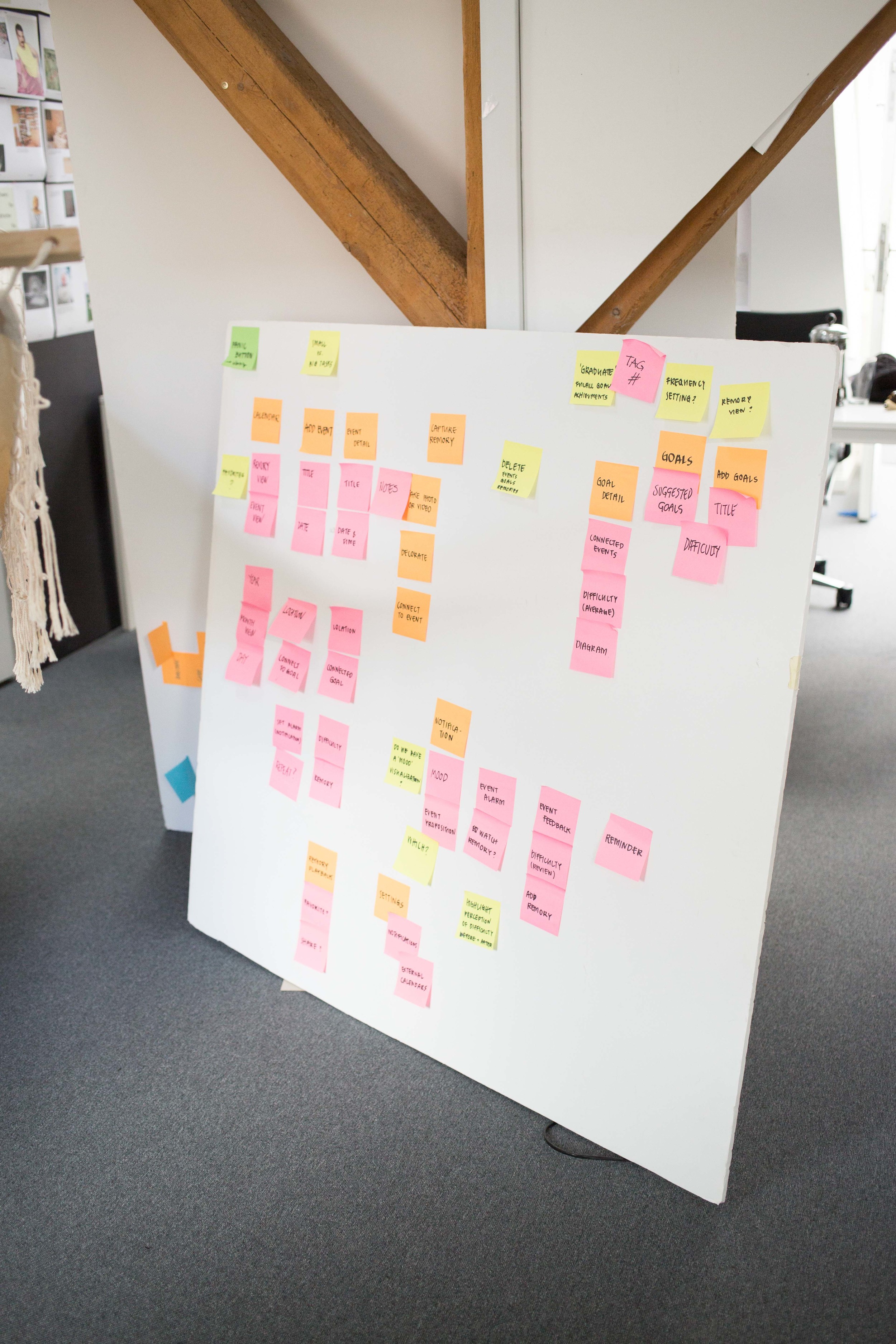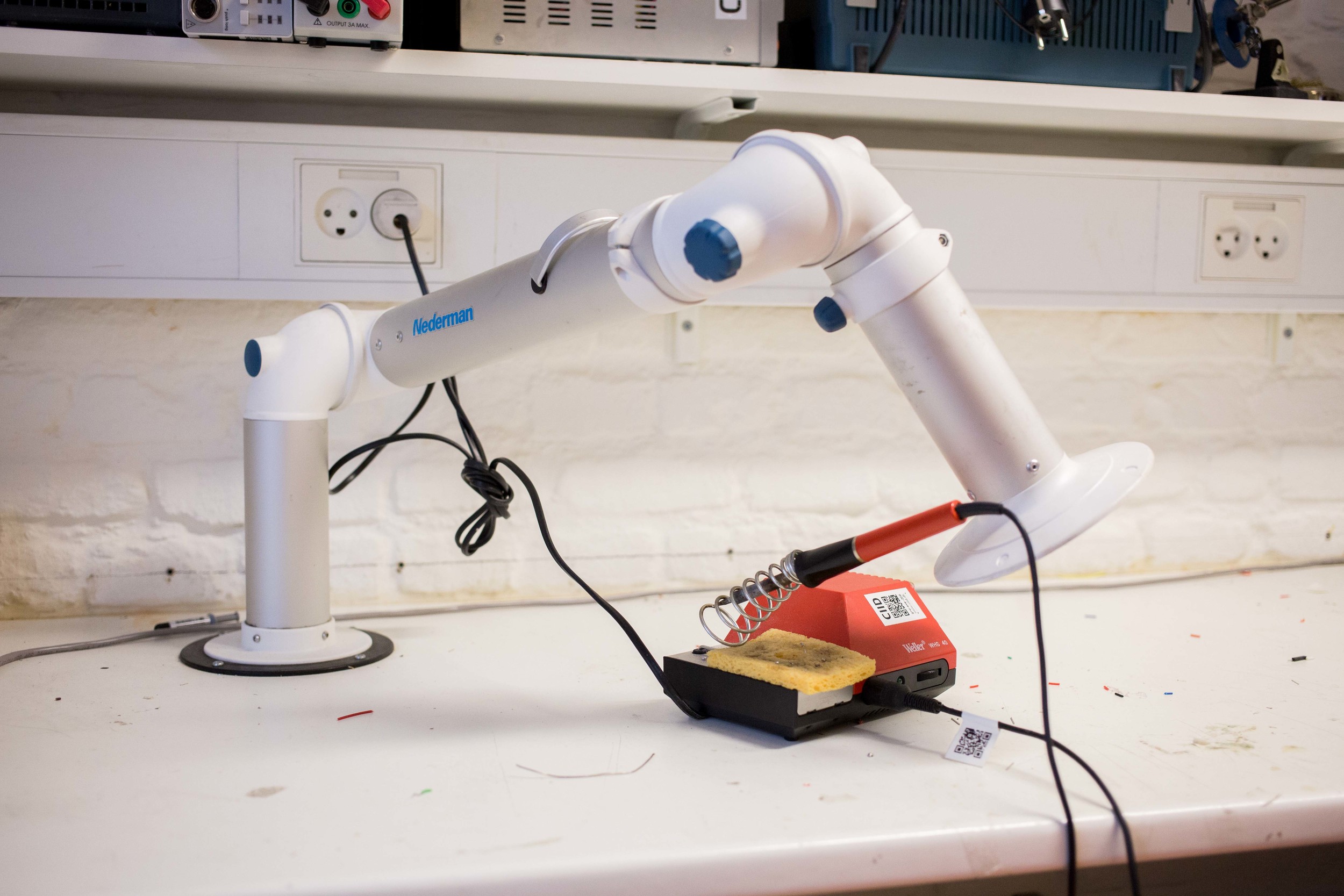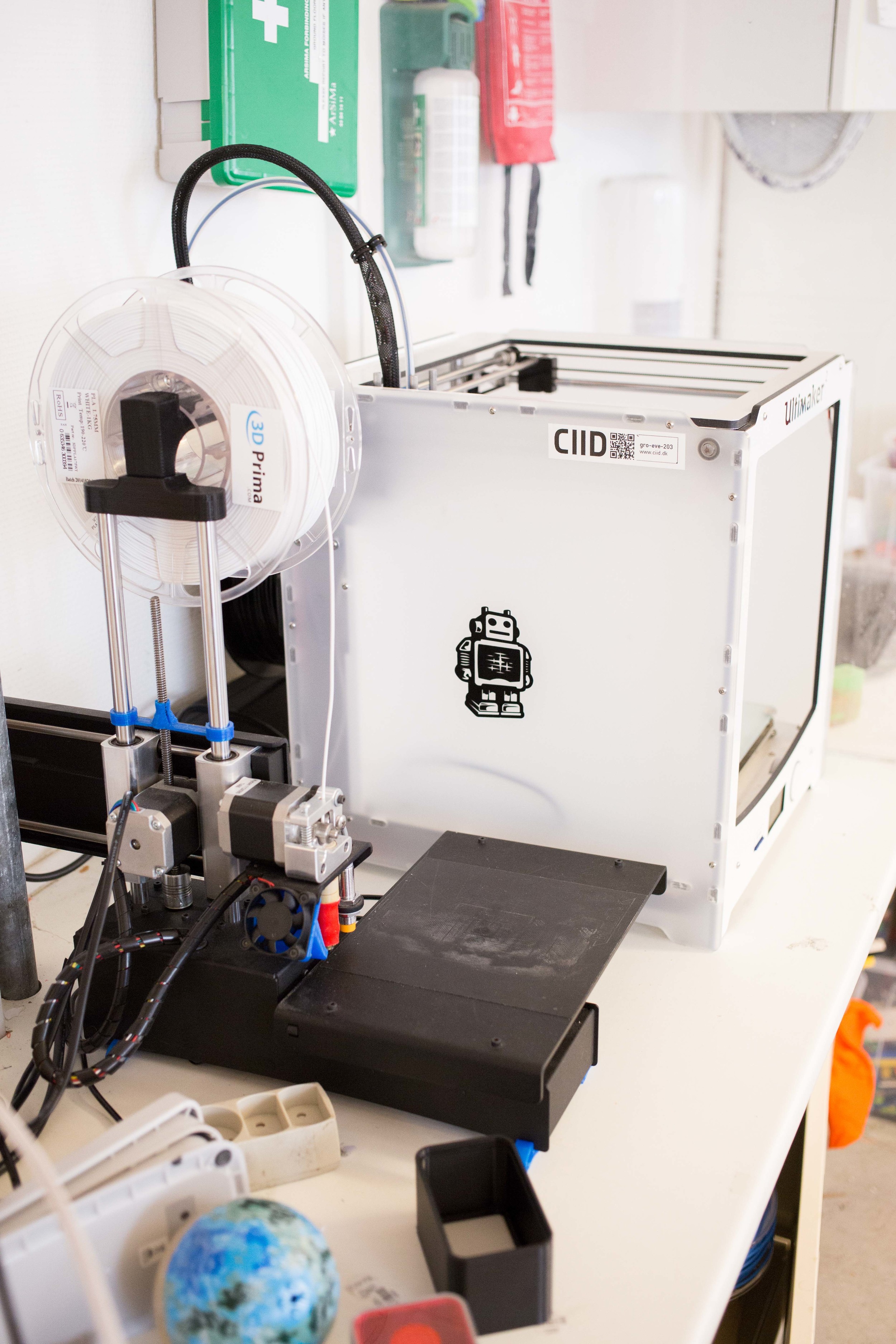A Finnish breakfast at Way Bakery. Attention must be paid to the egg.
Cue Adele.
Well, at least that’s how I feel right now. Everything Adele. I’m sure you all feel the same.
I never got to share the conference talk that I had the privilege of giving in Helsinki, Finland. To tell you I was floored to be invited to something like that is an understatement. I met my heroes in the industry and properly panicked the first time we chatted. After time spent together, I was able to relax a little bit, but looking back on this experience, I’m still humbled by the fact that I was even considered.
While there, I made new friends, listened to some of the most thoughtful talks created, thought of new questions to ask myself, and soaked in my tiny arrival at the international stage— side stage to be exact, but I’ll take it! Being jet lagged was also part of the experience but I was still able to have my fair share of saunas, sushi, and Marimekko fabrics.
Without further ado, here it is!
Side note: I reread the lyrics to Adele’s song, “When we were young,” and all I can say is that it’s fitting for these times. I pasted it all below if you’re curious. Hope you’re staying safe out there.
Wear a mask.
Everybody loves the things you do
From the way you talk
To the way you move
Everybody here is watching you
'Cause you feel like home
You're like a dream come trueBut if by chance you're here alone
Can I have a moment?
Before I go?
'Cause I've been by myself all night long
Hoping you're someone I used to knowYou look like a movie
You sound like a song
My God this reminds me, of when we were youngLet me photograph you in this light
In case it is the last time
That we might be exactly like we were
Before we realized
We were scared of getting old
It made us restless
It was just like a movie
It was just like a songI was so scared to face my fears
Nobody told me that you'd be here
And I'd swear you moved overseas
That's what you said, when you left meYou still look like a movie
You still sound like a song
My God, this reminds me, of when we were youngLet me photograph you in this light
In case it is the last time
That we might be exactly like we were
Before we realizedWe were sad of getting old
It made us restless
It was just like a movie
It was just like a songWhen we were young
(When we were young)
When we were young
(When we were young)It's hard to win me back
Everything just takes me back
To when you were there
To when you were thereAnd a part of me keeps holding on
Just in case it hasn't gone
I guess I still care
Do you still care?It was just like a movie
It was just like a song
My God, this reminds me
Of when we were youngWhen we were young
(When we were young)
When we were young
(When we were young)Let me photograph you in this light
In case it is the last time
That we might be exactly like we were
Before we realized
We were sad of getting oldIt made us restless
Oh I'm so mad I'm getting old
It makes me recklessIt was just like a movie
It was just like a song
When we were young-Adele (25)

























